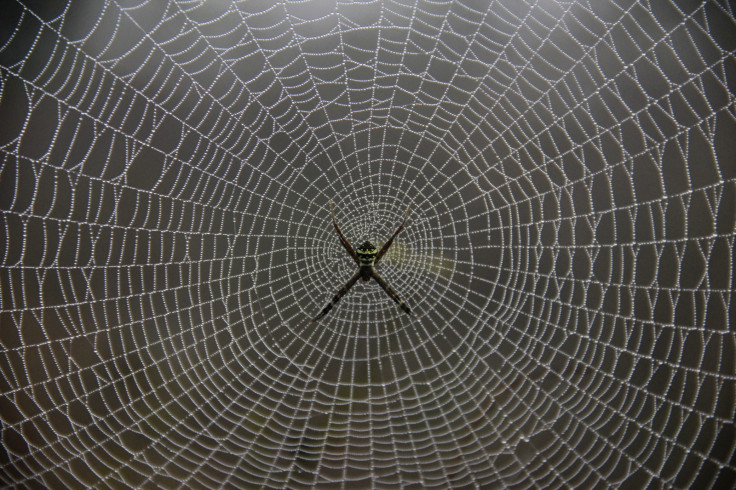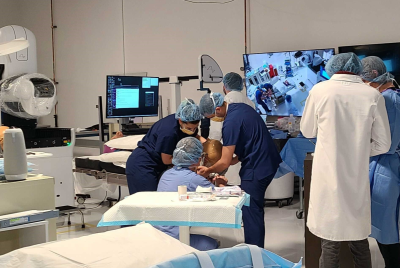Graphene-coated spiders create carbon nanotube silk strong enough to catch a plane

Spiders sprayed with a thin layer of graphene and carbon nanotubes have produced super-strong webs with record-beating properties.
Combining one of the strongest natural materials with one of the strongest artificial materials, researchers at the University of Trento in Italy created what they describe as "super silk".
"The protein matrix and hard tissues of insects, worms, ants and spiders naturally incorporates metals, such as zinc, manganese and copper," the study states. "This leads to mechanical hardening of teeth, jaws, mandibles, ovipositors and to an enhancement of silk toughness.
What is graphene?
Graphene is a one-atom-thick material made of carbon atoms arranged in a honeycomb lattice that is 200-times stronger than steel, more conductive than copper and as flexible as rubber.
It has been touted as a "wonder material" by scientists for its remarkable properties and vast range of uses, which include everything from flexible smartphone screens to artificial retinas.

"Thus, the artificial incorporation of metals, or even insulating or semiconducting materials, into these protein structures could be exploited to obtain a reinforced matrix."
The silk created by the graphene-coated spiders is 3.5 times tougher than that of the giant riverine orb spider - the strongest silk known to nature.
The process that leads to the graphene and carbon nanotubes being infused in the silk is still not clear to the researchers, though the principle theory is that spiders make use of materials found within their immediate environments when spinning silk.
Nicola Pugno, the lead researcher in the study, believes that the strength of the material produced is the highest reported to date, even when compared to high performance fibres like kevlar or the current toughest knotted fibres.
The researchers hope that similar techniques in the future can be used to create a new class of bionic materials and have suggested that one potential application could be to create a giant net capable of catching falling aircraft.
"This approach could be extended to other animals and plants and could lead to a new class of bionic materials for ultimate applications," Pugno said.
"This concept could become a way to obtain materials with superior characteristics."
© Copyright IBTimes 2025. All rights reserved.




















